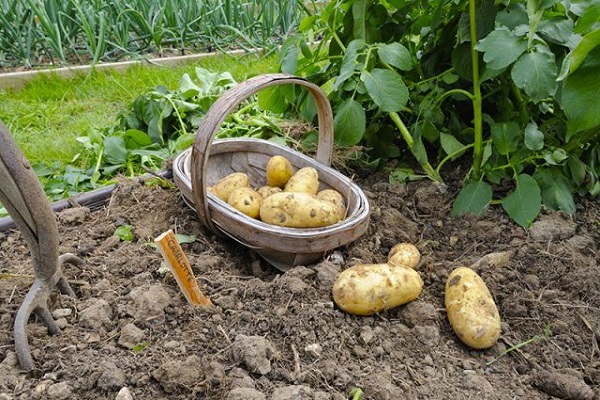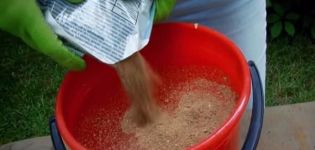Description of potato variety Early Morning, its characteristics and yield
Potatoes Early Morning refers to mid-season table varieties. A worthy characteristic makes it possible to grow this potato not only for summer residents and owners of personal plots, but also for large agricultural enterprises that produce products for sale. Taste qualities and growth rates are highly estimated by experts and amateur gardeners. Included in the State Register, the variety is most popular in the central Russian regions.
Feature and Description
The growing season of the Early Morning is 100 days. Plants of medium size with erect stems and light green leaves of an open type, bloom with voluminous white flowers with a pale lilac hue.
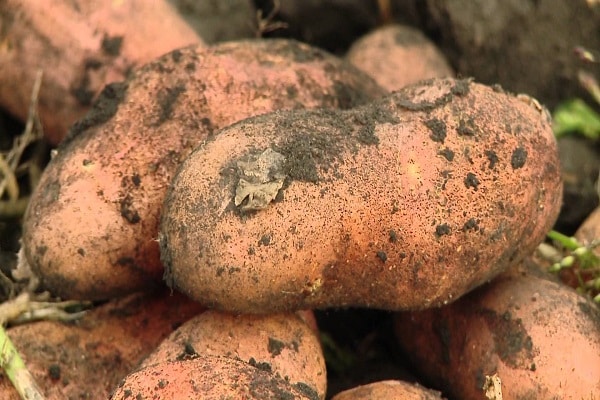
Description of roots: oval, pink rind, light pink flesh, small eyes. Fruits grow up to 120 grams and contain starch ranging from 14 to 17%. Taste qualities on a five-point scale - 4.5. Up to 250 centners of the crop are obtained from one hectare.
Growing
Potatoes Early Morning is planted in a smooth, ordinary, trench or ridge method according to the scheme 60x40 cm, to a depth of 11 cm.

Preparing potatoes for planting:
- Germination in a room with an air temperature of +10 degrees and sufficient lighting.
- The ideal precursors are legumes.
- A week before planting, fertilize the soil with mineral compounds.
- The introduction of humus during digging in the fall in the amount of 3-4 kilograms per 1 m².
This type of potato is distinguished by its unpretentiousness and the ability to grow literally on any land. Therefore, to get an excellent harvest, it is enough to follow the recommendations mentioned above.

Care features
For the normal development of the plant, you should adhere to simple rules:
- Feed before the appearance of the first buds or at the very beginning of flowering with nitrogenous fertilizers, avoiding ammonium chloride.
- Maintain a loose soil.
- Remove weeds and various debris in a timely manner.
- Watering can be stopped 2-3 weeks before harvest to increase shelf life if the weather is not too hot and dry.
- Irrigate the soil regularly as the bushes grow.
- Make several hilling.
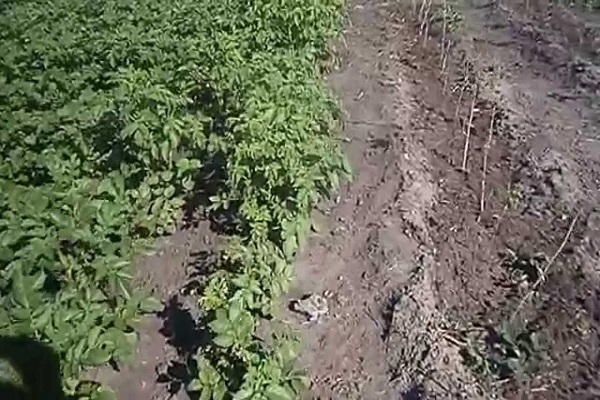
Advantages and disadvantages
Advantages of the Morning earlier variety:
- Unpretentious care.
- High and stable yield.
- Low cost of seed.
- The ability to grow on different types of soil.
- Excellent keeping quality.
- Resistant to common diseases.
- Medium starch content and good taste.
- Possibility of preparing delicious meals.

The disadvantages of a vegetable plant include:
- The need for fertilization before planting.
- Nematode sensitivity.
- The need for treatment with special preparations that protect against certain types of pests.
Pests and diseases
The manufacturer stated that Early Morning potatoes are a variety that is not susceptible to potato cancer, but vulnerable to late blight and nematode.
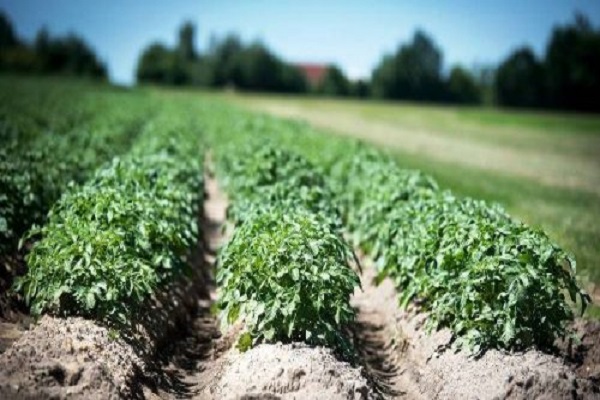
For prevention purposes, you should:
- Burn the remains of tops and diseased roots.
- Thoroughly dry the collected tubers - in dry weather outdoors, in rainy weather - under a canopy.
- Before laying on storing potatoes iterate over.
- Destroy infected fruits.
- Plant only healthy seeds.
- Change landing site annually.
- Before planting, treat seeds with Immunodeficiency or Agate.
- Spray the bushes with late blight remedies.

Harvesting and storage
The formation of the crop begins with the drying of the lower leaves of the tops and lasts about three to four weeks. When the tops die off, the tubers accumulate starch and substances that provide the unique taste and aroma inherent in the variety. Dried bushes need to be mowed one to two weeks before harvesting and leave the potatoes to ripen to roughen the skin and form dry eyes.
Storage features leading to positive results:
- Lay fully ripe root crops for the winter.
- Dig up potatoes in dry, clear weather so that the fruits dry in the sun before moving into the shade.
- The approximate harvest time is from mid-August to the end of the month.
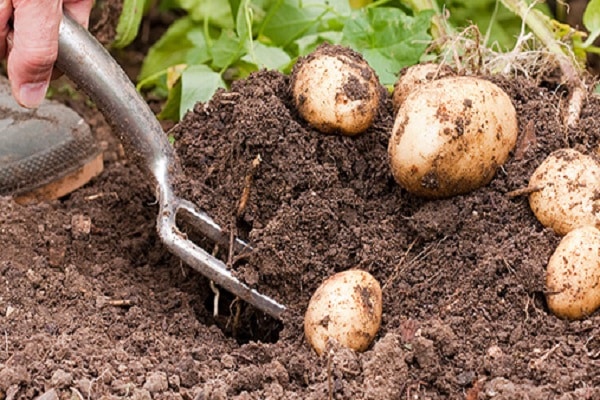
In warm climates, it is recommended to allow the tubers to mature in the ground. Harvesting in cold regions is determined according to weather conditions.
Long-term storage of potatoes in the soil is impractical: the risk of the onset of autumn rains increases. If the roots are saturated with water, keeping quality will deteriorate significantly. Long ripening of potatoes in the soil during a dry period is undesirable: loss of moisture leads to excessive softness.
The quality of the crop can be kept within reasonable limits if the following requirements are met:
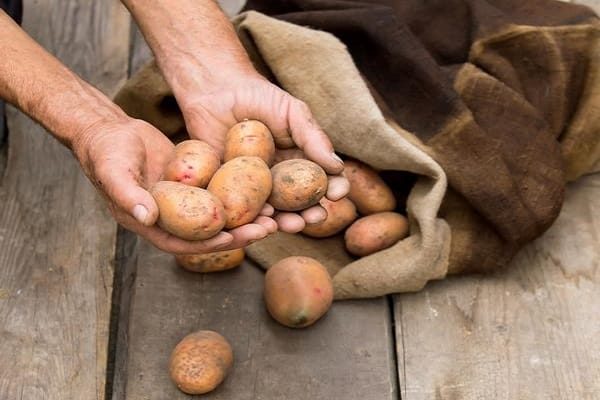
- In the room, it is imperative to maintain a temperature regime of +2 to +4 ° C in order to provide the potato with a state of rest in which it does not freeze and does not release roots. Higher temperatures activate the root formation process, while lower temperatures promote the conversion of starch into sugars. Therefore, the storage must be equipped with thermometers and provide conditions for stabilizing the position when the temperature changes. In the event of an accelerated temperature rise, ventilation of the room using air vents is recommended.
Room humidity is shown in the range of 70–85%, which is determined using a hygrometer. Dampness causes mold. To prevent this from happening, you will need to dry the air or use ventilation.
